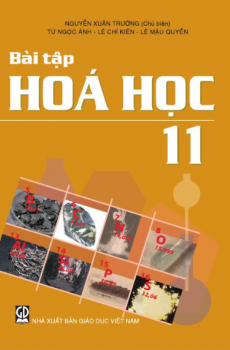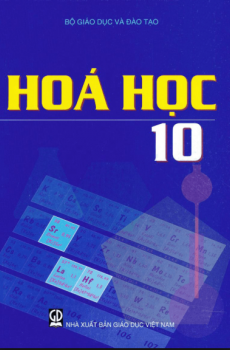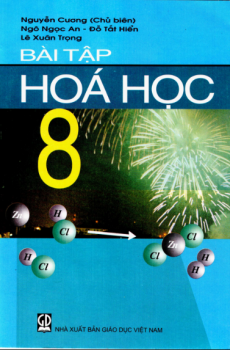The Handbook of Soap Manufacture
The Handbook of Soap Manufacture
Đăng nhập để đọc sách và tải về file pdf miễn phí
| Nhà xuất bản | Chưa rõ |
|---|---|
| Nhà xuất bản sách tiếp cận | Public domain |
| Năm xuất bản | 2007 |
| Coppy right | Chưa rõ |
CHAPTER I.
Introduction
Definition of Soap—Properties—Hydrolysis—Detergent Action.
CHAPTER II.
Constitution of Oils and Fats, and their Saponification
Researches of Chevreul and Berthelot—Mixed Glycerides—Modern Theories of Saponification—Hydrolysis accelerated by (1) Heat or Electricity, (2) Ferments, Castor-seed Ferment, Steapsin, Emulsin, and (3) Chemical Reagents, Sulphuric Acid, Twitchell's Reagent, Hydrochloric Acid, Lime, Magnesia, Zinc Oxide, Soda and Potash.
CHAPTER III.
Raw Materials used in Soap-making
Fats and Oils—Waste Fats—Fatty Acids—Less-known Oils and Fats of Limited Use—Various New Fats and Oils Suggested for Soap-making—Rosin—Alkali (Caustic and Carbonated)—Water—Salt—Soap-stock.
CHAPTER IV.
Bleaching and Treatment of Raw Materials intended for Soap-making
Palm Oil—Cotton-seed Oil—Cotton-seed "Foots"—Vegetable Oils—Animal Fats—Bone Fat—Rosin.
CHAPTER V.
Soap-making
Classification of Soaps—Direct combination of Fatty Acids with Alkali—Cold Process Soaps—Saponification under Increased or Diminished Pressure—Soft Soap—Marine Soap—Hydrated Soaps, Smooth and Marbled—Pasting or Saponification—Graining Out—Boiling on Strength—Fitting—Curd Soaps—Curd Mottled—Blue and Grey Mottled Soaps—Milling Base—Yellow Household Soaps—Resting of Pans and Settling of Soap—Utilisation of Nigres—Transparent soaps—Saponifying Mineral Oil—Electrical Production of Soap.
CHAPTER VI.
Treatment of Settled Soap
Cleansing—Crutching—Liquoring of Soaps—Filling—Neutralising, Colouring and Perfuming—Disinfectant Soaps—Framing—Slabbing—Barring—Open and Close Piling—Drying—Stamping—Cooling.
CHAPTER VII.
Toilet, Textile and Miscellaneous Soaps
Toilet Soaps—Cold Process soaps—Settled Boiled Soaps—Remelted Soaps—Milled Soaps—Drying—Milling and Incorporating Colour, Perfume, or Medicament—Perfume—Colouring matter—Neutralising and Superfatting Material—Compressing—Cutting—Stamping—Medicated Soaps—Ether Soap—Floating Soaps—Shaving Soaps—Textile Soaps—Soaps for Woollen, Cotton and Silk Industries—Patent Textile Soaps—Miscellaneous Soaps.
CHAPTER VIII.
Soap Perfumes
Essential Oils—Source and Preparation—Properties—Artificial and Synthetic Perfumes.
CHAPTER IX.
Glycerine Manufacture and Purification
Treatment of Lyes—Evaporation to Crude Glycerine—Distillation—Distilled and Dynamite Glycerine—Chemically Pure Glycerine—Animal Charcoal for Decolorisation—Glycerine obtained by other methods of Saponification—Yield of Glycerine from Fats and Oils.
CHAPTER X.
Analysis of Raw Materials, Soap, and Glycerine
Fats and Oils—Alkalies and Alkali Salts—Essential Oils—Soap—Lyes—Crude Glycerine.
CHAPTER XI.
Statistics of the Soap Industry
APPENDIX A.
Comparison of Degrees, Twaddell and Baumé, with Actual Densities
APPENDIX B.
Comparison of Different Thermometric Scales
APPENDIX C.
Table of the Specific Gravities of Solutions of Caustic Soda
APPENDIX D.
Table of Strength of Caustic Potash Solutions at 60° F.
Index








